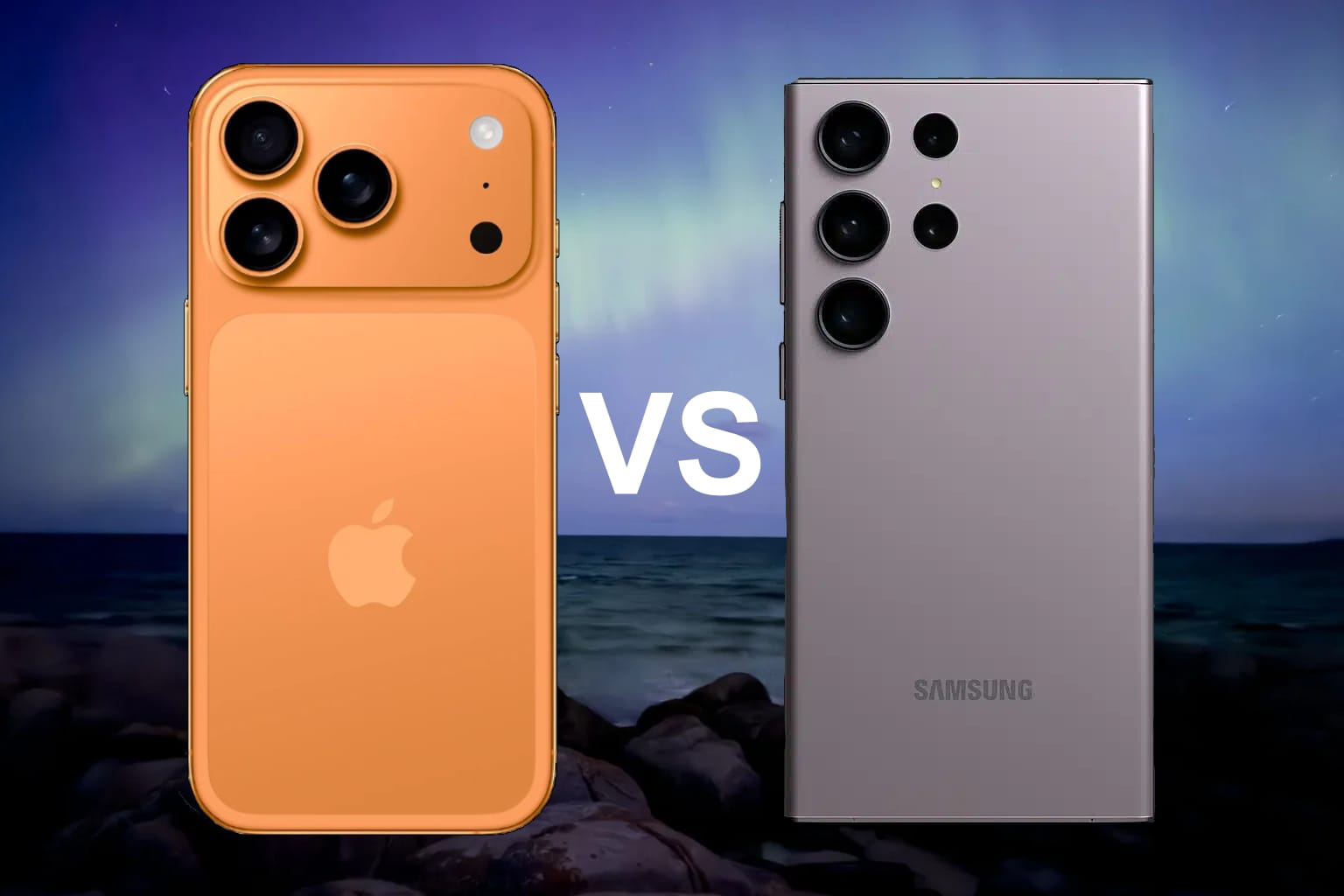Introduction and Key Features
The ZWO ASI6200MM Pro is designed for astrophotographers who demand the highest resolution and image quality. With its 62-megapixel full-frame sensor and 16-bit analog-to-digital converter (ADC), this monochrome camera excels in capturing rich detail. The 6200MM Pro uses Sony’s IMX455 sensor, which provides excellent sensitivity for deep-sky imaging, thanks to a peak quantum efficiency (QE) of 91%. Its low read noise and two-stage TEC cooling system ensure clear, noise-free images even during long exposures. This camera is perfect for capturing intricate details in nebulae, galaxies, and star fields.

Sensor and Image Quality
The ASI6200MM Pro’s sensor is one of its standout features. A full-frame sensor, at 36mm x 24mm, allows you to capture a wide field of view, making it perfect for imaging large targets like nebulae and galaxies. The 3.76μm pixel size helps capture fine details, and when combined with the 16-bit ADC, the camera produces images with high dynamic range—meaning it can capture bright stars and faint nebulae in the same shot without losing detail in either.
Quantum Efficiency (QE) is a measure of how effectively a camera converts incoming light into an electrical signal. With a QE of 91%, the ASI6200MM Pro is incredibly sensitive to light, making it easier to image faint objects in the night sky. Read noise, which refers to the random electronic noise that appears in an image, is very low in this camera, ranging from 1.5e to 3.5e depending on your settings. Lower read noise means less graininess in the final image, allowing for smoother and clearer results, even at high gain settings.
Cooling and Performance
The cooling system in the ASI6200MM Pro is a critical feature, particularly for astrophotographers who take long exposures. Long exposure shots can heat up the sensor, causing thermal noise—random noise generated by the sensor’s heat—that appears in your images. The two-stage TEC cooling system can drop the camera’s temperature by up to 35°C below the ambient temperature, which significantly reduces thermal noise.
Additionally, the camera’s built-in DDR3 memory buffer helps manage data transfer, reducing amp glow—a common issue with cameras that generate light when transferring data at slow speeds. By controlling the camera’s cooling and managing data flow, you can capture crisp, clean images even during long sessions under the stars.
Build Quality and Connectivity
The ASI6200MM Pro is built for field use. Its durable aluminum body is lightweight at just 0.7kg, making it easy to transport and integrate into most setups without stressing your mount. The camera has multiple connection options, including USB 3.0 for fast data transfer, which is essential when handling large 62-megapixel files. The integrated USB 2.0 hub allows you to reduce the number of cables going from your setup to your computer, simplifying your workflow.
Back focus, the distance from the camera’s sensor to the front of the camera where the telescope attaches, is 17.5mm, providing good flexibility for various optical configurations. If needed, tilt adjustment screws can be used to correct any sensor misalignment, ensuring that stars are perfectly round in all corners of the frame.
Field Performance and Practical Tips
In the field, the ASI6200MM Pro excels in capturing both deep-sky objects and planetary details. The full-frame sensor captures wide fields of view, ideal for larger targets such as nebulae or galaxy clusters. This is particularly useful for astrophotographers working with fast telescopes, as the larger sensor takes full advantage of a telescope’s wide field.
Monochrome sensors, like the ASI6200MM Pro, capture images without a Bayer filter, allowing for more detailed images when combined with color or narrowband filters. For users who want the highest quality images, a filter wheel with LRGB and narrowband filters is recommended. This adds complexity to the setup but offers significant advantages in controlling color and contrast during post-processing.
A tip for new users: adjusting gain and exposure settings will be crucial to maximizing performance. At high gain settings, the built-in HCG (High Conversion Gain) mode automatically reduces read noise while maintaining dynamic range. Use higher gain for faint objects and lower it for brighter targets to balance exposure and detail.
Strengths, Limitations and Final Thoughts
The ASI6200MM Pro is an extremely powerful camera with a combination of high resolution, low noise, and exceptional cooling. Its full-frame sensor and high pixel count make it a go-to choice for astrophotographers looking to capture intricate details. The versatility of the monochrome sensor, combined with filters, enables you to create high-quality, custom images that exceed what color sensors can achieve.
However, the camera’s high resolution comes with some trade-offs. The large file sizes produced by the 62-megapixel sensor require significant storage space and processing power, so users should be prepared for increased post-processing demands. Additionally, while the monochrome setup allows for more detailed imaging, it requires a filter wheel and filters, which add cost and complexity to the setup. This may not be ideal for users looking for simplicity.
In summary, the ZWO ASI6200MM Pro is an excellent investment for serious astrophotographers who want to push the boundaries of their imaging. Its combination of high sensitivity, low noise, and full-frame sensor ensures stunning images with exceptional detail, whether you’re imaging faint nebulae or capturing planetary details.





